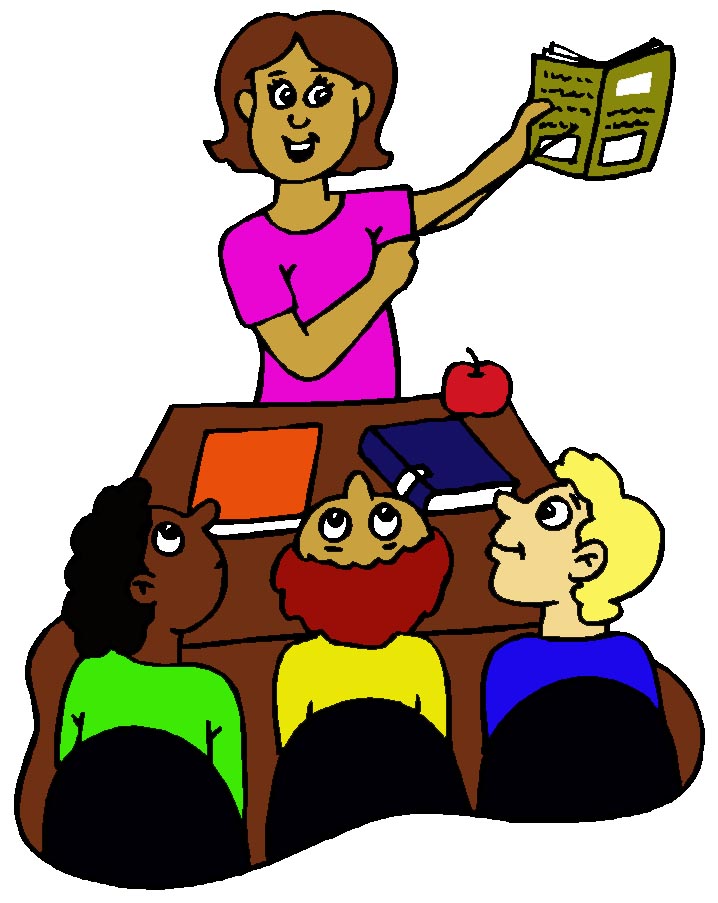FreshGrade
Technology is everywhere- it is a critical part of our culture. It can be an effective tool that drives student learning if utilized appropriately in the classroom. Although there is an abundance of amazing classroom technology out there, one in particular that I wanted to share is FreshGrade. I have yet to implement it in my classroom, but while I was in Vancouver, my sister’s teacher was using it as an assessment tool. Here and there, I would log in to the parent account and explore the app and see how it was being used. Even as a first time user, it was so simple, efficient and a great way to share student learning. I was so impressed with the app how the teacher was using it in a timely manner that I had since looked forward to learning more about it. What exactly is FreshGrade you ask?
FreshGrade is an online portfolio where teachers, students and parents all interact to capture and comment on the student’s school work. The program also allows teachers to create and grade custom assignments, which are then tracked in the tool.
The most powerful use of FreshGrade is the inclusion of teachers, parents, and students. As a collective, these stakeholders are given the opportunity to share, reflect, and enhance learning. They each have their own account but each individual will have their own account and access to different information and data.
Teachers create a digital class by uploading their class list, or can integrate a class list using Clever. This process creates an individual portfolio pages for each student in the class. The teacher can then use the FreshGrade app to upload materials – documents, pictures, videos, audio or comments – to individual student pages or to the whole class page. Using the browser-based version of FreshGrade, teachers can also create, assign and grade activities. These activities can be aligned to specific standards and include attached documents. They can be assigned to an individual student, a group, or the whole class.
When students use the FreshGrade student app, they are able to view only their own portfolio page. Students can comment on the work in their portfolio, or upload their own materials using the app. The app sends a notification to teachers when there is new activity in the student’s account, and to students when the teacher uploads a new class-wide document. FreshGrade encourages student reflection and goal setting through the use of comments. Moreover, it allows students to track their progress and self-reflect on their work.
Parents use FreshGrade to view their child’s portfolio and to comment on the items it contains. Parents also receive notifications when there is new activity in the portfolio. Teachers can use this app as a communication tool to get in touch with parents more efficiently and get quicker responses. Further, parents can track their child’s progress and give them more visibility on how their child is doing at school.
Although I haven’t gotten the opportunity to use FreshGrade for my classroom because the school I was working at had their own preferred school wide website (ClassDojo) , it is definitely a tool I will use in my future practice. What better way to use one tool to empower students, save time, and engage parents. If used appropriately, assessment for, as and of can be collected for all students and then recorded in the grade book provided by the website. I will take full advantage of this wonderful online portfolio, and make sure to use all of its features to get the most out of it. Since there is an app version, I will use my iPhone to quickly take pictures of student work during classroom time, or after school and instantly upload it onto the website so parents can see what their kids are learning at school. This app will motivate me to be up to date with my marking, and assessment because both students and parents will be eagerly waiting. I can also use it for school reminders such as homework, field trips or other important events happening at school.






